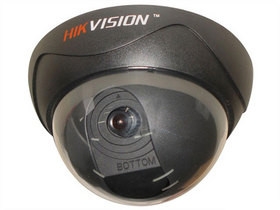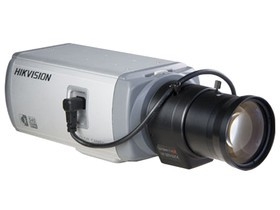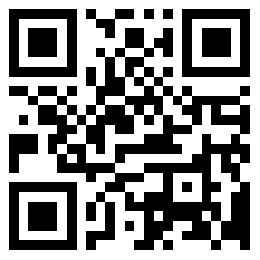common Wuxi Monitoring What causes the system failure?
With the increasing popularity of Wuxi monitoring in people's lives, more and more monitoring systems appear in more and more fields. So, how to deal with the common faults of the monitoring system? Wuxi Dehang Technology Co., Ltd. has been engaged in monitoring and installation industry for many years, and has professionally shared the causes and handling skills of conventional monitoring system failures, as shown below:
Monitoring common faults and monitoring maintenance method I:
Common fault: unstable video transmission quality
(1) Sometimes even the interface is invisible. Now people should find the reason from the transmission mode.
(2) In the normal monitoring natural environment, the monitoring interface mode often appears, which can not be seen clearly
Monitoring and maintenance method: if all system software is kept clean or free online UPS The power supply system can basically deal with the problem of interference and torsion.
Monitoring common faults and monitoring maintenance method II:
Common fault: the surveillance camera has no image
(1) It must be checked whether the switching power supply is connected and whether the switching power supply working voltage meets the requirements (switching power supply deviation: DC12V+10% AC24V+5%);
(2) Check whether the BNC head or video cable is good;
(3) Check whether the automatic aperture of the wide-angle lens is turned on;
(4) Check whether the full-automatic aperture wide-angle lens control line of the video or DC driver is short to ground; Check whether the CCD trigger video is burned on the road due to power failure.

Monitoring common faults and monitoring maintenance method III:
Common fault: transmission route
(1) For some routes with weak shielding characteristics, the stage that is very easy to be interfered is the transmission route. The interference and torsion basically become an unavoidable problem, and the problem of finding out that the resistor is too large will also confuse the customer's image quality.
(2) For all normal routes, the characteristic impedance is usually kept at 750, which is considered as the normal selection of relativity. However, no matter high or low, the offset requirements will lead to interference and distortion of data signals.
Monitoring common faults and monitoring maintenance method IV:
Common fault: image distortion or geometry frame loss
(1) Check whether the common optical lens is abnormal;
(2) Whether the output impedance power switch of the monitor is set at 75 Ω;
(3) Check whether the characteristic impedance of common video connecting cable is 75 Ω.
Monitoring common faults and monitoring maintenance method 5:
Common fault: strong interference source
(1) If there is a strong magnetic natural environment around, such as communication base stations on mobile phones, or some large and medium-sized instruments and equipment, it will cause necessary harm to the work of machinery and equipment. For the inspection of this problem, the master of the surrounding environment and the professional ability of its own machinery and equipment must be compared.
(2) If it is found that there is no interference source, or it is impossible to change the actual interference source, it can be properly improved video camera It can shield the working capacity of the cable pipeline, solve the grounding device of the cable pipeline, prevent the allocation measures in the middle of different routes, and reduce the harm caused by interference with large profits.
Monitoring common faults and monitoring maintenance method VI:
Common fault: poor image quality
(1) Check whether the wide-angle lens has fingerprint identification or is very dirty;
(2) Whether the aperture is aligned;
(3) Video cable is loose;
(4) Is the shutter speed or white balance setting of electronic devices not good;
(5) Is the transmission distance far away;
(6) Whether the working voltage is normal;
(7) Whether there are interference sources around;
(8) Whether the CCD of the trigger is uneven;
(9) Check whether the wide-angle lens is a C-type socket or a CS type socket. If the C-type socket must be added with a ring, if the CS type socket, remove the ring.

Monitoring common faults and monitoring maintenance method 7:
Common fault: white and foggy
(1) Check whether there is fog inside the human body;
(2) Check whether the wide-angle lens cover is close to the laminated glass;
(3) Check whether the human body is equipped with a wide-angle lens cover;
(4) Check whether there is fog in the CCD of the trigger;
(5) Check whether the shutter speed of the machine's electronic device is open (if it is open, close it).
![]()







